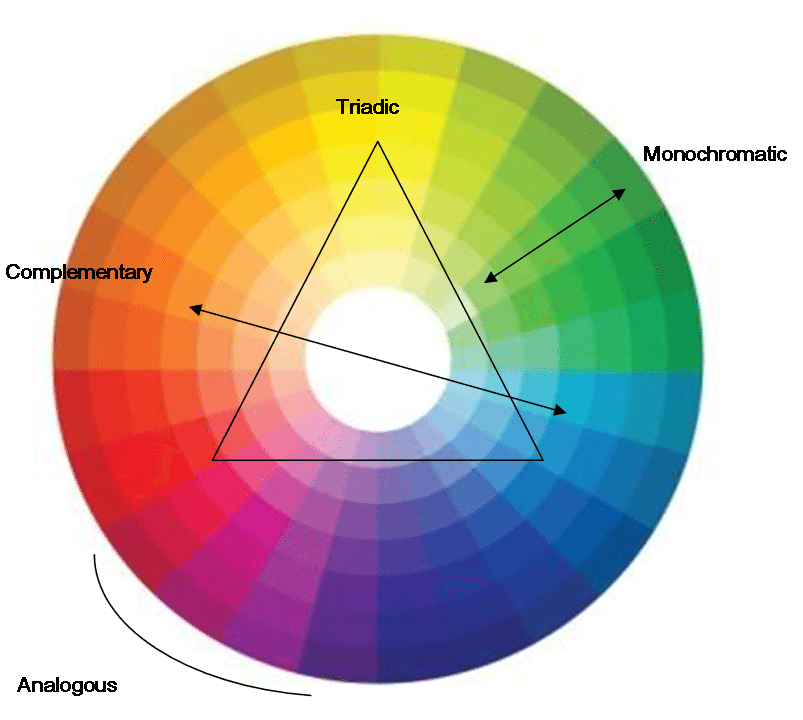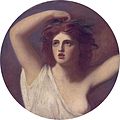_3.jpg) |
| Emma by George Romney |
The Saga of the century continues...
 |
Admiral Horatio Nelson
|
It was the scandal of the century which added an intriguing twist into the already fascinating life of Norfolk’s great sea hero.
Lady Emma Hamilton
The passionate love affair between Lord Horatio Nelson and Lady Emma Hamilton lasted just six years but it transformed their lives, their respective positions in society and the public’s perceptions of them both.
Now a letter written by Nelson to his mistress, which gives an insight into his turbulent love life, has come to light.
It is up for auction in London later this month when it is hoped the letter could fetch up to £8,000.
Nelson, from Burnham Thorpe, was clearly in an emotional state when he wrote the letter.
 The letter from Lord Nelson to his mistress Lady Hamilton, which is being put up for auction and estimated to be worth up to £8,000
The letter from Lord Nelson to his mistress Lady Hamilton, which is being put up for auction and estimated to be worth up to £8,000
In it he refers to a disagreement between himself and Lady Hamilton the previous evening.
He takes care to note his devotion to her and vows to defend her integrity amid the scandal.
The exact date when the letter was written is not known, but experts believe it was written in 1801, based on how he signed his name as simply ‘Nelson’, which he was known to do at this time.
It was a time when Lady Hamilton had given birth to their child Horatia and their affair was public.
Despite Nelson’s wife’s demands, he refused to relinquish Lady Hamilton as his mistress and eventually he left his wife.
In the 19th century, this was an unthinkable social affront and he aggravated the scandal further by choosing to live with Lady Hamilton and their daughter, Horatia, upon his return from sea.
The year 1801 was also when Nelson had an instrumental role in winning the Battle of Copenhagen.
Nelson was second in command of the expedition to attack Denmark and, on the back of this victory, he was appointed commander in chief of the Navy.
“Many of Nelson’s letters were kept as memorabilia because he was such a legend in his own time.
“Anything Nelson-related that we deal with always attracts a huge amount of interest.
“We have auctioned a few Nelson letters but this one is particularly special because it is so emotionally-driven and direct.
“It gets to the core of the relationship between Lord Nelson and Lady Hamilton which was a huge scandal at the time.
“The Nelson letters we have dealt with in the past have been more formal and relating to naval concerns.”
During the scandal, Nelson urged Lady Hamilton to destroy the letters sent between them, as he largely did.
Lady Hamilton, however, chose to keep her letters which were eventually published in 1814, contributing to her downfall.
Plagued by politics and social disgrace, their affair lasted only six years before Nelson’s death at the Battle of Trafalgar in 1805.
As he died he repeated the plea he had made for the government to take care of Lady Hamilton and their daughter.
But, despite this, Lady Hamilton’s life after Nelson’s death was a catalog of debt and betrayal.
The government heaped money on Nelson’s family while Lady Hamilton and Horatia received nothing.
By 1812 Lady Hamilton was deep in debt and fled to France with her daughter to avoid creditors.
When Nelson’s letters to her were stolen and published in 1814 as the ‘Letters of Lord Nelson to Lady Hamilton’, she lost any chance of government sympathy or money, and by the following summer she was imprisoned for debt in the King’s Bench Prison.
On her release in the autumn, she fled the demands of her other creditors by hurrying to Calais with Horatia. There, her spirit finally failed her. She grew progressively weaker, and died in January 1815, aged 49.
Horatia returned to England and lived with Nelson’s sisters.
At 21 she married her neighbor, the Reverend Philip Ward, and died in 1881, the mother of eight and grandmother of many.
She never forgot the harsh treatment her mother received from the press.
 |
| Emma as Circe by George Romnay |
 |
Emma in a Straw Hat by George Romney
|
 Analogous – 2-3 colors next to each other on the colour wheel.
Analogous – 2-3 colors next to each other on the colour wheel.


_3.jpg)













